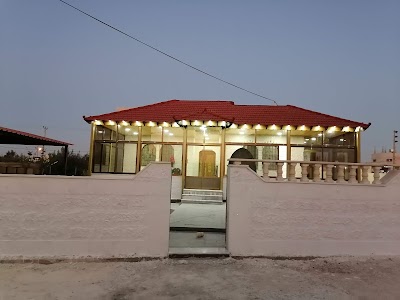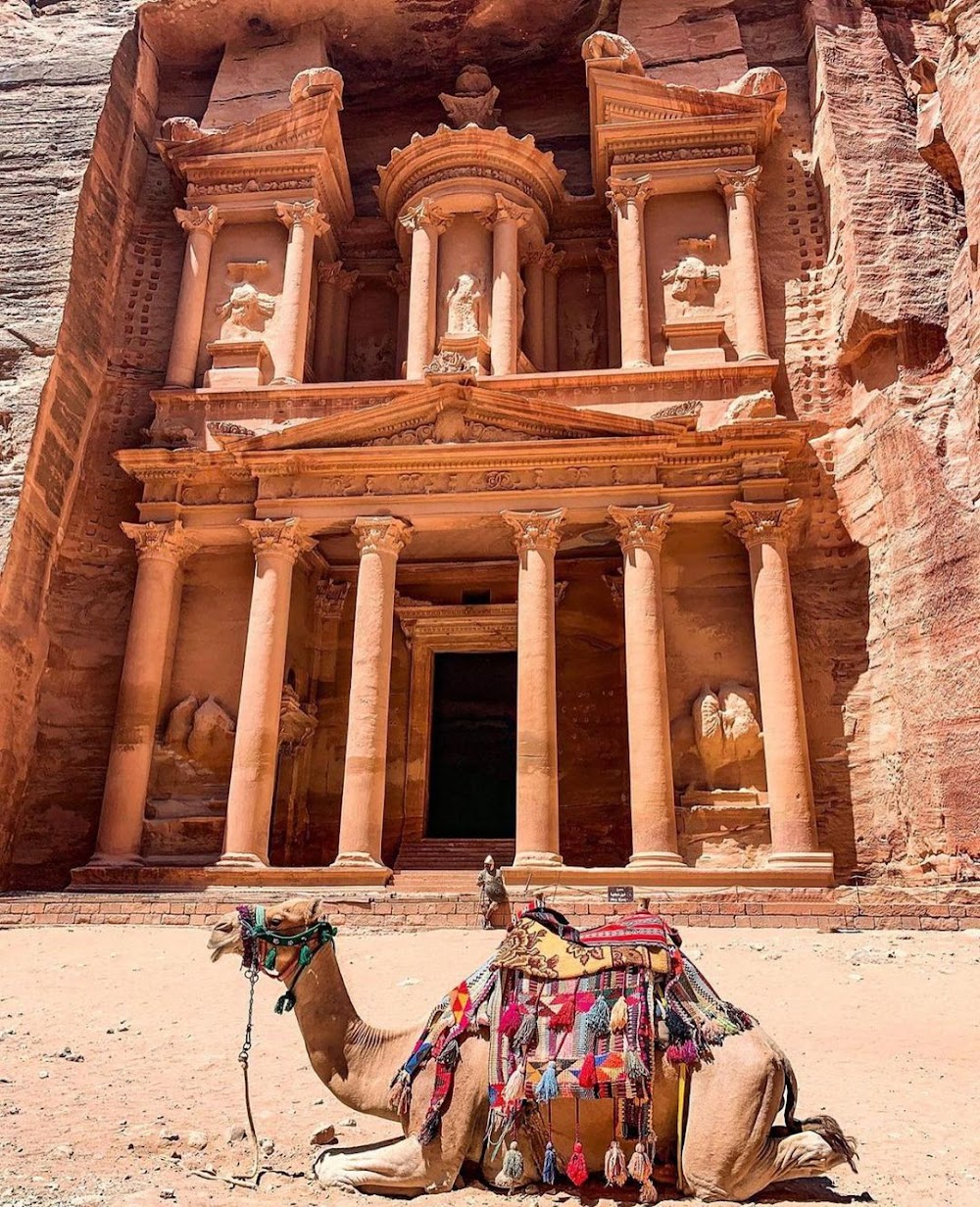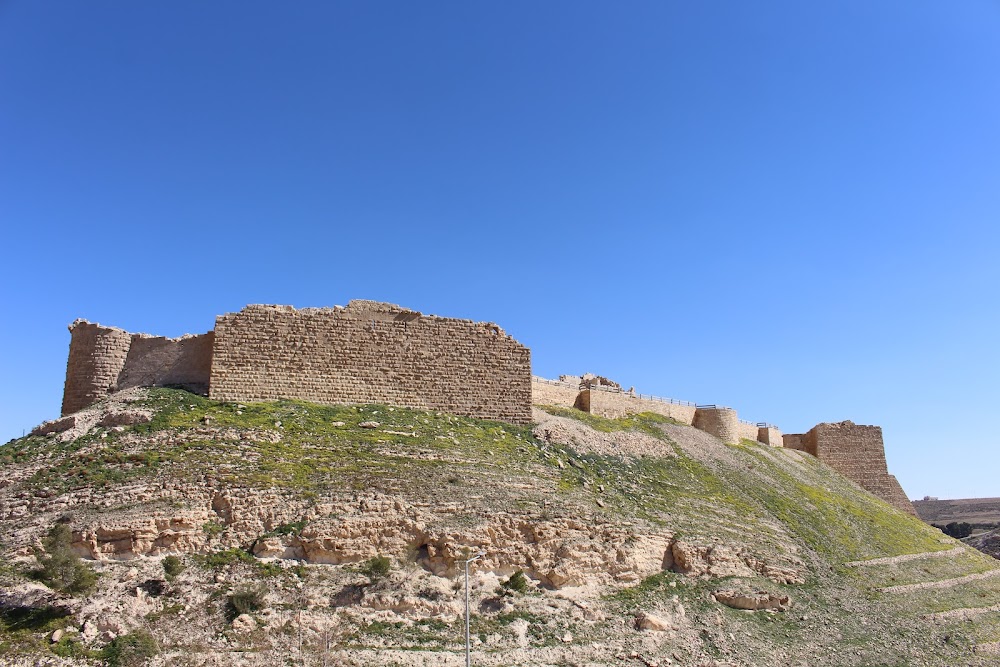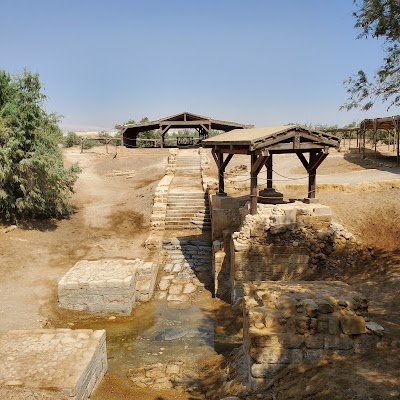Al-Khazneh (الخزنة)
Related Places
Overview
The Treasury: A Jewel of Petra
The Treasury, known locally as Al-Khazneh, is undoubtedly one of the most iconic and breathtaking structures in the ancient city of Petra, located in the modern-day city of Ma'an, Jordan. Carved directly from the stunning pink sandstone cliffs, this magnificent edifice captures the imagination of all who visit.
Historical Significance
Construction of Al-Khazneh is believed to have begun in the 1st century AD, during the peak of the Nabataean Kingdom's prosperity. The Nabataeans, an Arab tribe, settled in Jordan and grew wealthy through their control of lucrative incense and spice trade routes. Their affluence allowed them to embark on grand construction projects, including the exquisite Treasury.
Architectural Marvel
The Treasury is thought to have served as a mausoleum for an important Nabataean king. Its Hellenistic architecture, influenced by Greek and Roman styles, reflects the Nabataeans’ openness to external cultures and their strategic commercial connections.
The construction process was both meticulous and awe-inspiring. Employing a unique "top-down construction" technique, the Nabataean builders began their work from the top of the sandstone cliff, gradually carving their way down. This approach minimized debris and ensured that intricate details were preserved, resulting in the ornate facade we admire today.
The Magnificent Facade
Standing approximately 40 meters (131 feet) high and 25 meters (82 feet) wide, the facade of Al-Khazneh features six Corinthian columns supporting a stunning triangular pediment. At its center lies a rounded tholos, flanked by exquisite statues and bas-reliefs inspired by Greek mythology. A prominent feature is the large urn sculpted at the top of the facade, which, according to local legend, is said to contain hidden treasures, leading to the name "The Treasury." While no treasure has ever been discovered, this captivating tale continues to enchant visitors.
Interior Details
Inside, The Treasury is less ornate but equally impressive. It consists of a large square chamber, two side rooms, and a small sanctuary at the back. These spaces were primarily used for ceremonial purposes and to honor the deceased, adding to the site’s rich historical significance.
A Rediscovered Wonder
For centuries, Al-Khazneh lay hidden beneath the sands of time until Swiss explorer Johann Ludwig Burckhardt rediscovered it in 1812. His accounts of the "rose-red city half as old as time" sparked interest among scholars, adventurers, and historians worldwide, reigniting fascination with this ancient marvel.
A UNESCO World Heritage Site
Today, The Treasury is recognized as a UNESCO World Heritage site and one of the New Seven Wonders of the World. It draws millions of tourists annually, who journey through the narrow Siq canyon to behold its grandeur. This site not only showcases the architectural and engineering prowess of the Nabataeans but also serves as a symbol of Jordan's rich cultural heritage.
Preservation Efforts
Ongoing preservation efforts are crucial to protect Al-Khazneh from natural erosion and the impact of tourism. Visitors are encouraged to appreciate its beauty while respecting the integrity of this ancient wonder.
A Lasting Legacy
The Treasury stands as an enduring monument to the ingenuity and artistry of the Nabataeans—a lasting legacy carved in stone that continues to inspire awe and wonder. Whether you’re a history enthusiast or simply seeking breathtaking views, Al-Khazneh is a must-see destination that will leave you enchanted.









